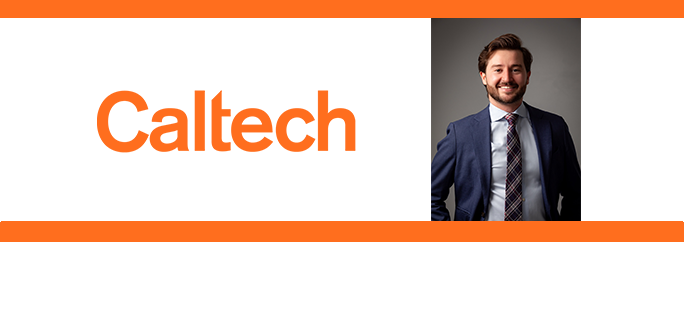 3D printing may hold the key to making airplanes superefficient.
3D printing may hold the key to making airplanes superefficient.
Peter Serles, Schmidt Science Fellow at the California Institute of Technology, looks to let this research take off.
Dr. Peter Serles received his PhD from the University of Toronto working with Prof. Tobin Filleter where he was a Vanier Scholar and was awarded the Canadian Society for Mechanical Engineers Gold Medal. Dr. Serles is now a Schmidt Science Fellow at Caltech and USC Stem Cell. His research seeks to cross disciplinary boundaries by combining nanomaterials, additive manufacturing, stem cell development, and computational techniques to find outcomes that no single discipline could achieve.
Machine Learning Could Make Superefficient Planes
What would it look like if a car or a plane was as strong and safe as it is now, but weighed only as much as Styrofoam? For one, you could pick it up and put it on a shelf when you park. But more importantly, this would lead to enormous fuel savings, increased efficiencies, and much lower CO2 emissions.
By combining machine learning with nanoscale 3D printing, we’ve developed a new type of nano-structured material that’s as strong as steel, but as light as Styrofoam, with the potential to change the paradigm of how new materials are designed.
This new material is made up of millions of nanoscale lattices that are 3D printed with carefully engineered shapes. This is a lot like how you’d use triangles to build a sturdy bridge, but each piece of the lattice is about 200x smaller than a human hair, just a couple hundred nanometers wide. And, while triangular lattices have worked well in the past, we instead wanted to take advantage of machine learning to predict what other shapes might give us super strong but super lightweight properties.
What we found was shocking – The machine learning algorithm suggested new shapes that were not obvious for a designer to come up with. But, when we tested them, they more than doubled the strength of the material simply by reshaping some of the features. When we nano-3D printed these new shapes out of carbon, they set a new benchmark for strength-to-weight, about five times better than titanium. And, by printing nearly 20 million of these lattices stacked together, we showed they could be scaled up and actually held in your hand.
This intersection of fields: machine learning, nano-3D printing, and laser optics, together gives us previously impossible engineering properties. And, offers to revolutionize how we engineer new materials in the years to come.
Read More:
[Wiley Advanced Materials] – Ultrahigh Specific Strength by Bayesian Optimization of Carbon Nanolattices

